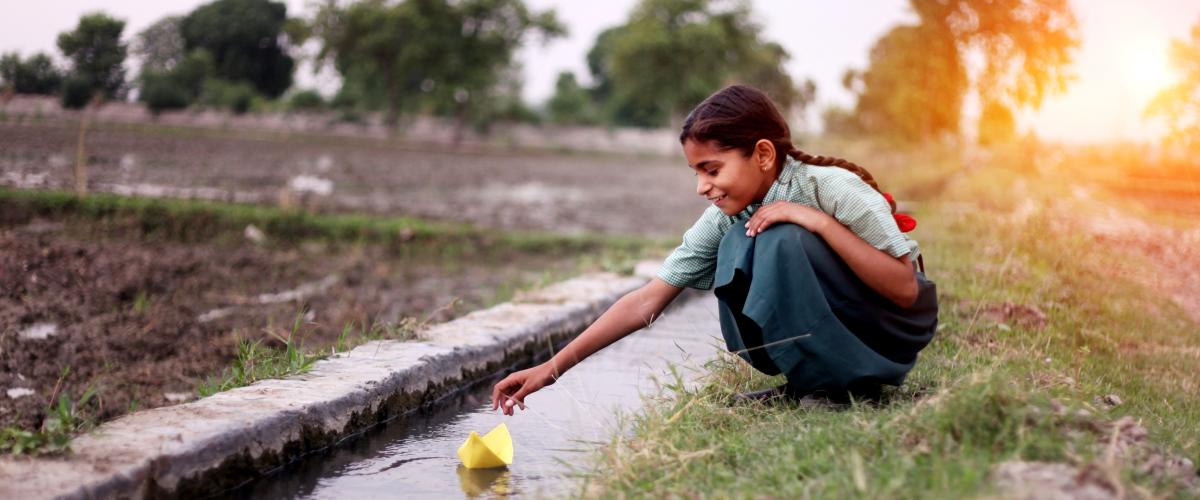
News
The cost of natural disasters worldwide could hit $314 billion annually by 2030, up from around $250 billion now, as urban expansion continues at a rapid pace and global warming continues to contribute to a rise in natural disasters, according to new rese
A virtual reality film which highlights climate change impacts in Fiji is set to make its return tour next week. Supported by GFDRR, the film has already been seen by more than 600,000 people worldwide, including many global leaders at COP23.
Technology enables us to understand today what risks may come tomorrow.
With backing from the World Bank, Kenya has launched an insurance program designed to address challenges agricultural producers may face when there are large production shocks, such as droughts or floods.
Natural disasters have a more devastating impact on the poor than widely thought, forcing some 26 million people into poverty each year and setting back global spending on goods and services by the equivalent of $520 billion annually...
When countries rebuild stronger, faster and more inclusively after natural disasters they can reduce the impact on people’s livelihoods and well-being by as much as 31 percent, potentially cutting global average losses from $555 billion to $382 billion per year. That’s the conclusion of a new report from the World Bank and the Global Facility for Disaster Reduction and Recovery (GFDRR).
Disaster insurance has quickly risen up the global policy agenda in the last few years, where phrases like “loss and damage mechanisms” and “micro-insurance schemes” are catching fire in climate change discussions.
Cities around the globe are slowly transforming into climate-resilient hubs.
There are five things that people working to develop resilience programmes and policies can do to counter the looming existential threat posed by Trump if they become more savvy political operators.
The World Bank has released US$496.25 million to support the Philippine government’s efforts to hasten recovery, rehabilitation, and reconstruction in areas battered by Typhoon Ompong (internationally known as Mangkhut) in mid-September this year.
